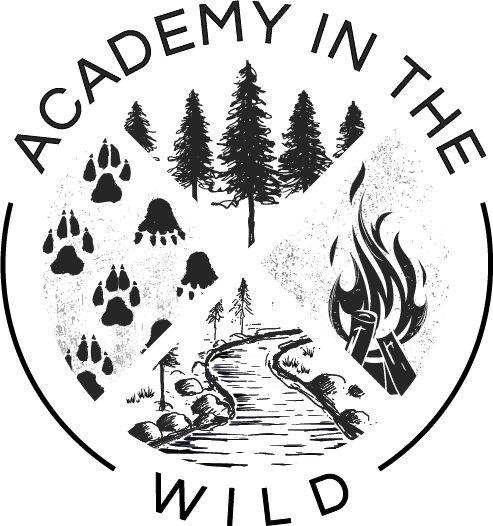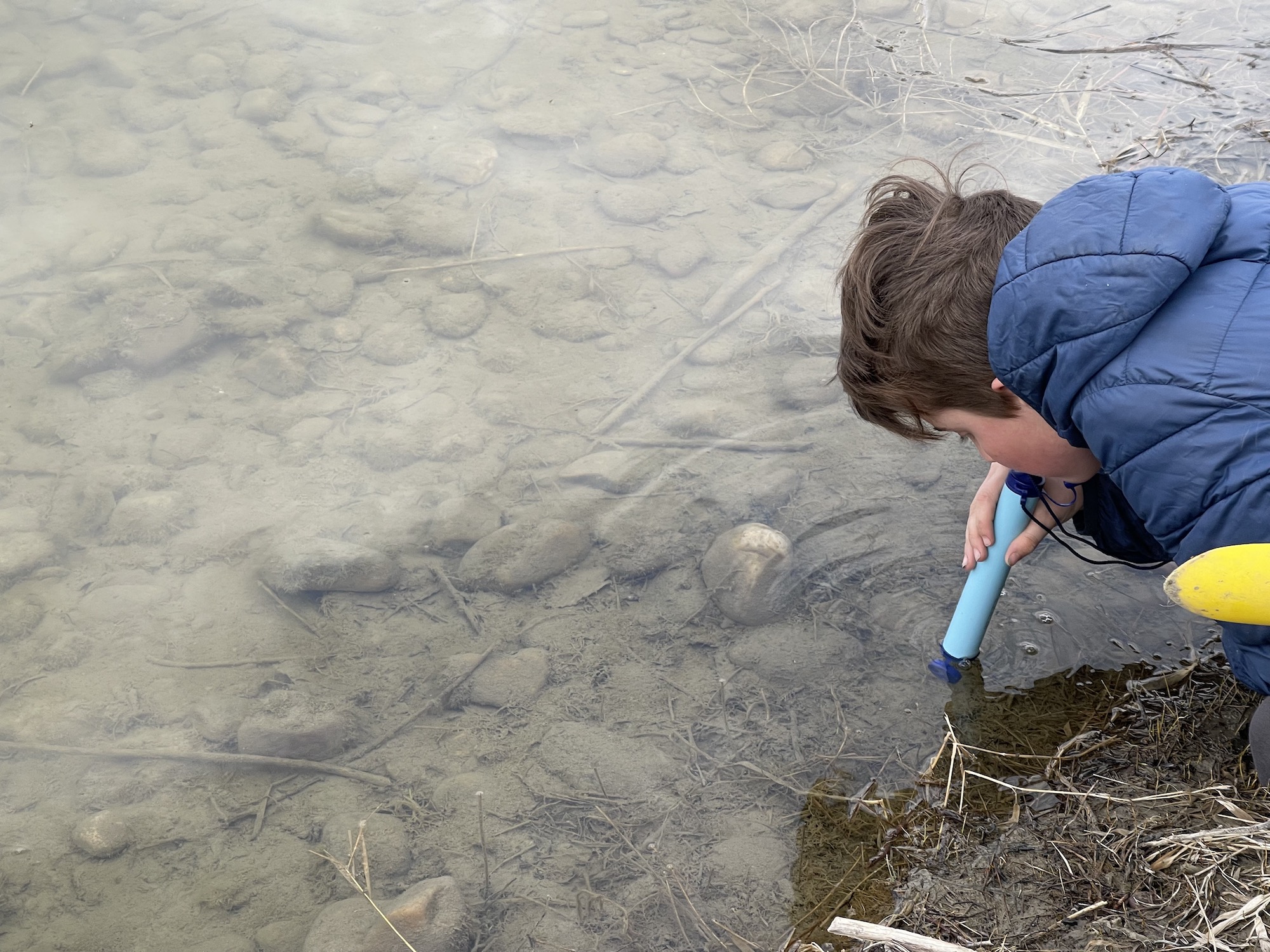The truth is getting lost or stranded could happen to just about anyone in the wild.
You’re only able to survive 3 days without it, so that tells us this is one of the most important things you need to survive.
Our bodies, they are so complex, unknown, incredible… and yet they are 2/3 water. Water is vital to circulating blood, digestion and assist other processes internally.
If you use more water than you take in, you’ll begin to suffer from dehydration. With severe dehydration, your cells shrink and circulation stops, causing a lack of oxygen flow to your muscles. Dehydration sets in fast when you are in the wild because you’ll be exerting yourself. If weather is hot, cold, or windy your body will naturally use up more water.
When lost or stranded you need to take note of water you have remaining, then ask yourself the questions, can you make it last until rescue comes? Does rescue know where about you are? If the answer to these is no, you should stay on the move until you find a water source. The closer your water source is to where you became lost/stranded, the better it is for rescue groups.
SO… HOW DO YOU FIND WATER?
Of course there are the streams, rivers, lakes, rain (which you should collect anyway you can!) and snow, however Don’t ever eat frozen snow in a survival situation, it’ll reduce your body temperature and can lead to dehydration.
If obvious water sources are not easily found or presented, it’s important to understand a bit about how nature works in order to find water.
Firstly keep in mind that water always flows downward, so low laying areas are a good bet. However sometimes you must first travel up to get a better idea of your surroundings. These are assessments and decisions you must make in the moment. Always when you pause to rest, use your ears — rivers can sometimes be heard in the quiet woods from great distances!
Watch for the Animals they always know where the water is, so be on the lookout for wildlife or animal tracks. Finding Bird flight paths in the morning or evening can point you in the right direction. Swarming insects will be a signal that a water source isn’t far away.
Lush green vegetation is also a sign that water is nearby. Keep a lookout for muddy areas, there may be groundwater available. If you find a muddy area, Dig a hole about a foot deep and one foot in diameter and wait. You may be surprised to find that the hole is soon filled with water. This groundwater will be muddy, filter it through any cloth available than purify by boiling, it will get you by in the short term.
So, if you cant find above or under groundwater what do you do? Look to the greenery or your own urine. With these collection techniques there is no need to filter or purify your water.
- Solar sill your urine
- Transpiration bag, a way of capturing water out of shrub or tree leaves
YOU’VE FOUND/COLLECTED WATER… NOW WHAT?
Once you have found/collected ground water for drinking, You first filter than MUST purify.
FILTER
Filtering the water gets the large and smaller particles (sand, dirt, bugs, soil, leaves….) out of the water and this can be done through straining through a cloth (2-3 times works great), or making a natural filter which I love to teach. You do this by layering natural parts like sand, charcoal, rocks, grasses, moss….into a plastic bottle with a cut end or rolling up large piece of bark into a funnel shape. You then pour the water through the large end and it filters as it goes through natures lasagna! Which you then capture on the smaller end.
PURIFY
Once done filtering you now purify the water, which will kill any harmful bacterias. To do this you bring the water to a rolling boil. Once water has reached a rolling boil, you can wait for a min, 3 if your unsure, and then let the water cool and drink up. You can always add some spruce leaves for added flavour and nutrients!
When water reaches its boiling point then phases into steam, the temperature stops rising. You can crank the heat as high as you like. The water may boil more vigorously and convert into steam more quickly, but it won’t get hotter. Your boiling point is effected mainly by your elevation.
It’s the high heat that kills organisms such as bacteria, viruses, and parasites.
Based on data from the World Health Organization, “water temperatures of at least 158°F (70°C) will reduce (kill) 99.999% of bacteria, protozoa, and viruses in less than one minute.”
If you have no way to boil water, you can do this by
- UV light
- Chlorine bleach The CDC recommends that you add a ¼ teaspoon (or 1.5 milliliters) per gallon (3.78 liters) of water. Let the bleach/water solution sit for 30 minutes before drinking to ensure that the bleach does its magic and kills the germs.
- Tablets. Chlorine and iodine
- Water filters. all of them are designed to purify water either through chemicals or by separating germs and other contaminants from clean water.
- My favourite go to hiking filter is the life straw (shown in picture), it is extremely portable, lightweight and one can filter thousands of litres.
No matter how dire your circumstances, you should never drink the following:
- Blood
- Straight Urine
- Salt water
- Alcohol
- Fresh sea ice
It’s crucial to remember that any time you drink found water without purifying it, you’re taking a risk for things like diarrhea, vomiting, abdominal cramping, fevers, and ultimately dehydrating you. Which beats the purpose of finding the water in the first place!

